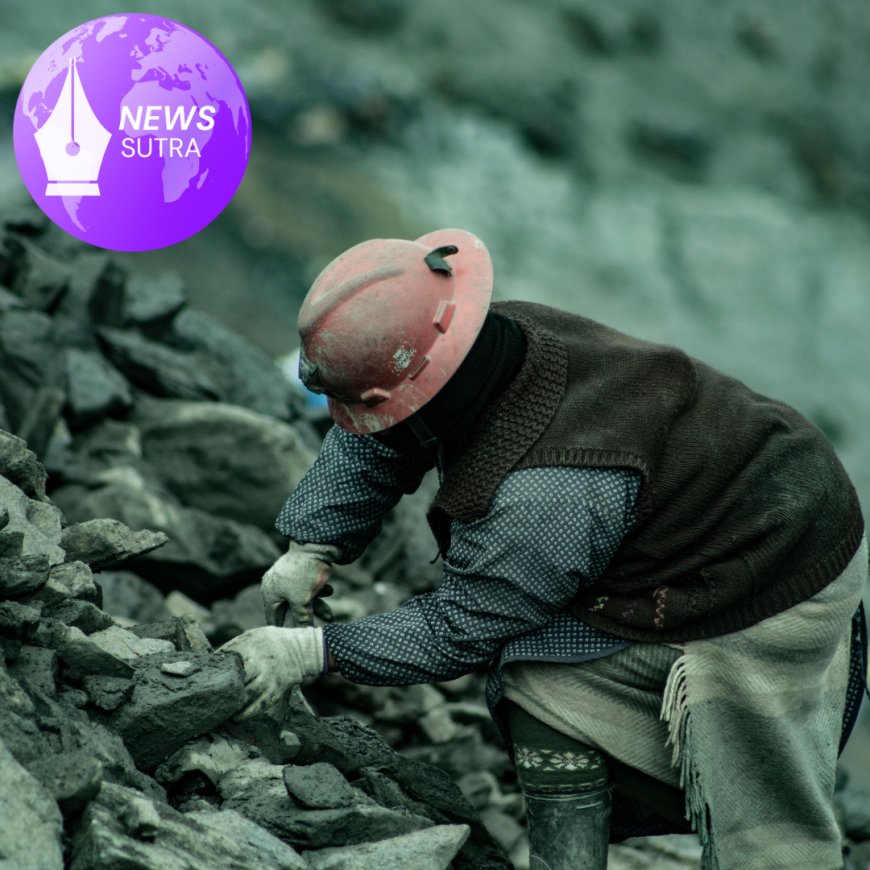Breaking News: US and Europe Launch Coordinated Push to Break China’s Rare Earth Monopoly
he U.S. and Europe are accelerating plans to break reliance on China's rare-earth elements, investing in domestic production and global partnerships amid Beijing's tight export restrictions.

In a high-stakes move shaking global tech and defense markets, the United States and Europe are aligning strategies to break free from China’s near-total dominance of rare-earth elements. Triggered by Beijing’s tightened export restrictions in April, this synchronized effort marks a historic shift toward securing critical mineral independence.
China’s Rare Earth Leverage Explained
Rare-earth elements—crucial for electric vehicle motors, wind turbines, aerospace systems, and advanced electronics—have long been under China’s control. The country now accounts for 60–70% of global mining and a staggering 85–90% of refining capacity for these vital minerals.(turn0search1, turn0search30)
In April 2025, China imposed stricter export controls on select medium- and heavy-weight rare-earth elements—including samarium, dysprosium, and terbium—which are fundamental to high-performance magnets and military-grade equipment. These controls introduced monthly quotas and mandatory export licenses, straining supply chains across sensitive sectors.(turn0search13, turn0search12)
The US–EU Strategic Response
Faced with production stoppages and price surges, the U.S. and European governments are now actively seeking to reduce reliance on China:
-
Joint Diplomacy & Trade Leeway: Last month’s trade discussions in London aimed to ease export licensing hurdles, but experts warn these are stopgap measures amid persistent geopolitical risk.(turn0news29)
-
Domestic Production Efforts: U.S. rare-earth startups like Vulcan Elements have raised $65 million to build magnet production in North Carolina using non-Chinese supply chains. Meanwhile, government-backed firms such as MP Materials and Energy Fuels are scaling operations, relying on support from the U.S. Department of Defense.(turn0news16, turn0search0)
-
European Agreements with Non-Chinese Suppliers: Automakers like Mercedes-Benz are in talks with Rainbow Rare Earths for output from South Africa, though production isn’t expected before 2027. European policymakers are intensifying efforts to boost local mineral sourcing and processing.(turn0news24).
Immediate Market Ripples & Trade Volatility
Preliminary data from July 2025 shows China’s rare-earth exports dropped 23% from June’s record, signaling continued supply fluctuations. Although export volumes remain up year-to-date, the instability is persistent.(turn0news17)
Industries from automakers to defense manufacturers are grappling with unpredictability—Ford temporarily halted SUV production, while European magnet providers received urgent demand requests.(turn0news24)
Why This Matters: Defense, Tech, and Climate Security
Rare-earth elements are not just industrial inputs—they are strategic assets:
-
The U.S. Defense Department relies on them for cutting-edge systems like the F-35 fighter jet and attack helicopters.(turn0search13)
-
Electric vehicle and wind power manufacturing is heavily dependent on rare-earth magnets—for energy transition and climate change mitigation, supply disruptions are especially damaging.
-
For Western economies aiming to pivot away from Chinese supply chains, the risks extend beyond cost to fundamental national security.
What’s Next: Paths Toward Mineral Sovereignty
-
Scaling Alternative Mining and Refining
Governments are expanding investments in domestic operations and incentivizing private companies to develop independent rare-earth value chains via subsidies and defense contracts. -
Diversification through Diplomacy
Long-term partnerships with countries like South Africa, Norway, and Australia are gaining momentum as governments seek stable, diversified sources of critical minerals.(turn0search32) -
Strategic Policy Alignment
Coordinated frameworks such as a “G7 critical minerals strategy” and bilateral coordination are emerging to standardize policies, R&D funding, and supply resilience.











